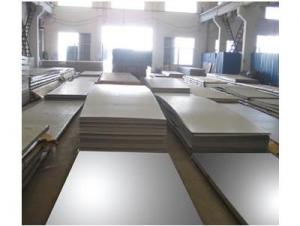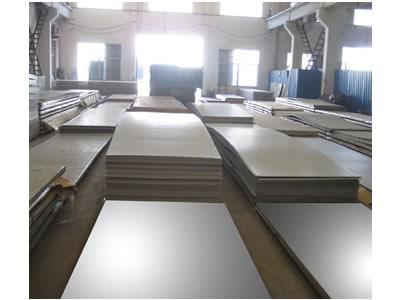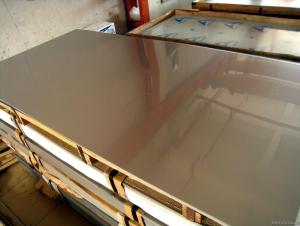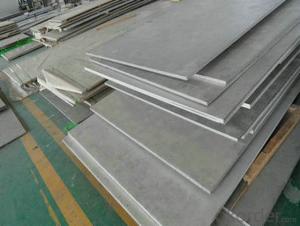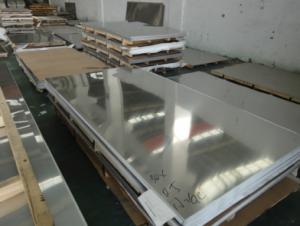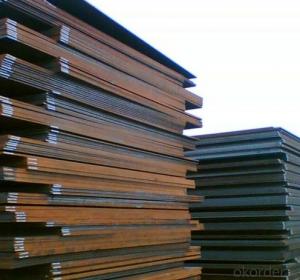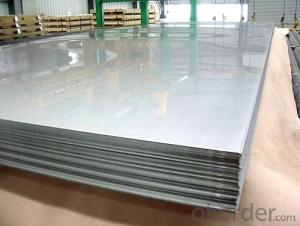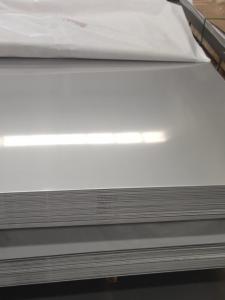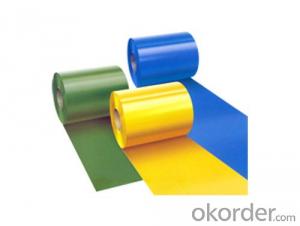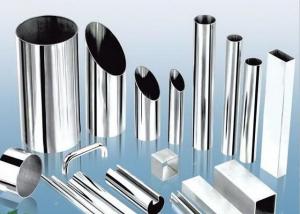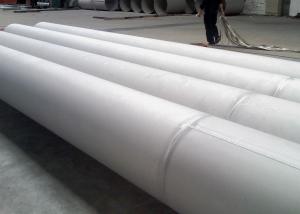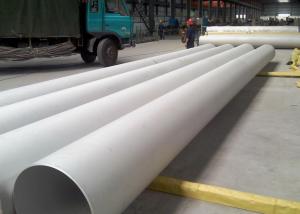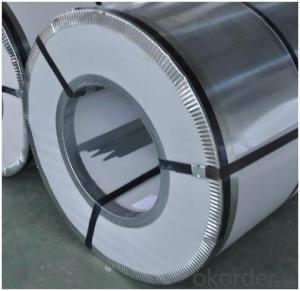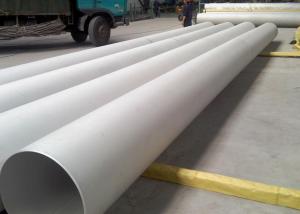Stainless Steel Sheet And Slabs In Stocks
- Loading Port:
- Tianjin
- Payment Terms:
- TT or LC
- Min Order Qty:
- 2 m.t.
- Supply Capability:
- 4000 m.t./month
OKorder Service Pledge
OKorder Financial Service
You Might Also Like
1.Structure of Product Description
Stainless steel plate/sheet/slab is widely used in the field of construction field and decoration field, etc. There are many different grades, such as: 200 series, 300 series, 400 series, 201, 202, 301, 304, 316, 410, 420, 430, etc.
The surface is including 2B, BA, Mirror Finish, Checkered, etc.
2. Main features of the product
a. Competitive price
c. Shortest service.
3. Image.
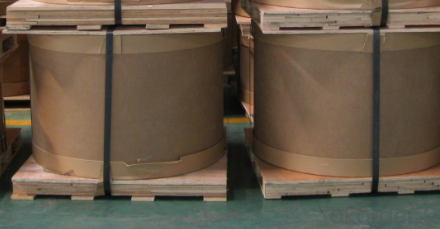
4. Product detailed sizes:
1220mm*2440mm, 1250mm*2500mm,1500mm*3000mm, etc.
5. FAQ:
What is the quality standard?
---Usually our standard is GB3880-2006 or else.
What is the width range?
---It is from 1000mm to 2500mm, etc.
What is the length range?
What is the MOQ for your products yet?
---Normally it is around 3 tons/each size.
How many tons did you export in one year?
---Normally it is around 9000 tons totally.
Where is your client from?
---Normally it is from Japan, USA, ENGLISH, SINGAPORE, ETC.
What is your mainly products?
---Normally they are stainless steel sheet, stainless steel coil, stainless steel checkered sheet,color coated stainless steel sheet, etc.
- Q: Can stainless steel sheets be used for fireplaces?
- Indeed, fireplaces can make use of stainless steel sheets. Owing to its remarkable ability to endure intense heat and its sturdy nature, stainless steel has emerged as a favored material for fireplaces. Its capacity to withstand the scorching temperatures produced by the fire without distorting or liquefying renders it a secure and dependable alternative. One can employ stainless steel sheets for constructing the fireplace's interior, encompassing the firebox and chimney, or for adding a decorative touch to the fireplace's exterior. Moreover, stainless steel's resistance to corrosion and rust guarantees that the fireplace will retain its aesthetic appeal as time progresses.
- Q: What is the difference between brushed and polished stainless steel sheets?
- The main difference between brushed and polished stainless steel sheets lies in their surface finish. Brushed stainless steel sheets have a textured, linear pattern created by brushing the surface with abrasive materials, giving it a matte appearance. On the other hand, polished stainless steel sheets have a smooth, reflective surface achieved by polishing the steel with a fine abrasive compound.
- Q: Can stainless steel sheets be used for decorative staircases?
- Indeed, decorative staircases can make use of stainless steel sheets. With its versatility, stainless steel emerges as a highly sought-after material in architectural and interior design domains, offering both aesthetic charm and long-lasting strength. When employed in decorative staircases, stainless steel sheets impart a polished and contemporary feel, elevating the overall allure of the staircase. Moreover, stainless steel's resistance to corrosion and staining renders it perfect for high-traffic zones such as staircases. Not only that, but it also boasts easy cleaning and maintenance, magnifying its appropriateness for ornamental intentions.
- Q: What are the different types of stainless steel sheet surface coatings available?
- There are several types of stainless steel sheet surface coatings available, including brushed or satin finishes, mirror finishes, bead blasted finishes, and embossed or textured finishes.
- Q: What is the maximum operating temperature for stainless steel sheets?
- The maximum operating temperature for stainless steel sheets varies depending on the grade of stainless steel. However, most commonly used grades can withstand temperatures up to 1500-1600°F (816-871°C).
- Q: What are the different types of stainless steel sheet patterns?
- There are several different types of stainless steel sheet patterns available. Some of the most common patterns include: 1. Plain or smooth pattern: This is the most basic and simple pattern, with a smooth and flat surface. 2. Diamond pattern: Also known as tread plate or checker plate, this pattern features raised diamond-shaped ridges, providing excellent slip resistance. 3. Tear drop pattern: Similar to the diamond pattern, this pattern features raised teardrop-shaped ridges, offering enhanced slip resistance. 4. Linen pattern: This pattern resembles the texture of linen fabric, with a series of parallel lines intersected by a crisscross pattern. 5. Quilted pattern: This pattern resembles a quilted fabric, with a diamond-shaped or square-shaped design. 6. Hammered pattern: This pattern has a textured surface that resembles the marks left by a hammer, adding visual interest and dimension. 7. Perforated pattern: This pattern features small holes or perforations in the sheet, allowing for improved ventilation and drainage in certain applications. These are just a few examples of the various stainless steel sheet patterns available. Different patterns offer different aesthetic and functional benefits, allowing for greater versatility in design and application.
- Q: Can stainless steel sheets be recycled after use?
- Yes, stainless steel sheets can be recycled after use. Stainless steel is a highly recyclable material, and the recycling process helps conserve natural resources and reduce waste.
- Q: Are stainless steel sheets suitable for water treatment plants?
- Water treatment plants find stainless steel sheets highly suitable due to their excellent corrosion resistance. In such facilities, materials are constantly exposed to water and various chemicals, making this resistance crucial. Stainless steel sheets resist rust and corrosion caused by water, chlorine, chloramines, and other commonly used disinfectants in water treatment processes. Moreover, stainless steel can withstand high temperatures, making it ideal for use in water treatment plants that apply heat during specific treatment processes. Additionally, stainless steel is hygienic and easy to clean, ensuring the water remains free from contaminants or impurities. Overall, stainless steel sheets are a reliable and long-lasting choice for water treatment plants because of their corrosion resistance, durability, and hygienic properties.
- Q: Can stainless steel sheets be used for wall paneling?
- Yes, stainless steel sheets can be used for wall paneling. Stainless steel is a versatile material that is known for its durability, resistance to corrosion, and aesthetic appeal. It is commonly used in various applications, including wall paneling in both residential and commercial settings. Stainless steel sheets can be easily installed as wall panels, providing a modern and sleek look to the space. Additionally, stainless steel is easy to clean and maintain, making it a practical choice for wall paneling in areas that require regular cleaning, such as kitchens and bathrooms. Overall, stainless steel sheets are a great option for wall paneling due to their durability, aesthetic appeal, and ease of maintenance.
- Q: What are the different types of brushed finishes available for stainless steel sheets?
- There are several types of brushed finishes available for stainless steel sheets, including satin, mirror, hairline, and bead blasted finishes.
Send your message to us
Stainless Steel Sheet And Slabs In Stocks
- Loading Port:
- Tianjin
- Payment Terms:
- TT or LC
- Min Order Qty:
- 2 m.t.
- Supply Capability:
- 4000 m.t./month
OKorder Service Pledge
OKorder Financial Service
Similar products
Hot products
Hot Searches
Related keywords
